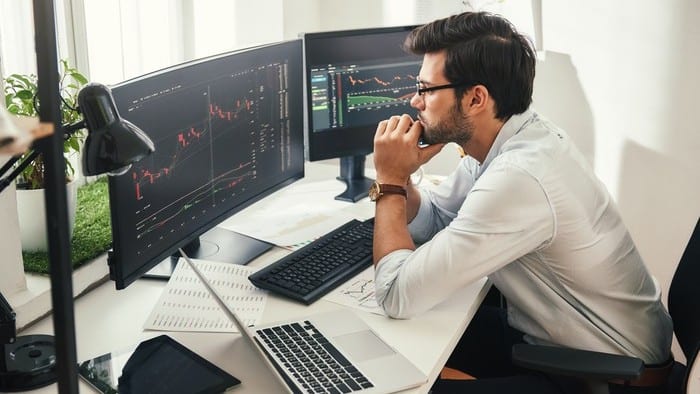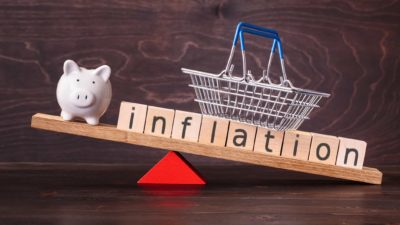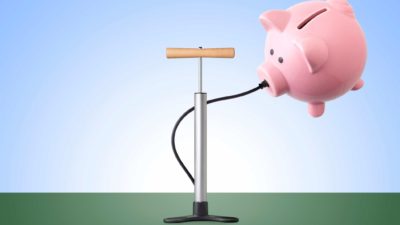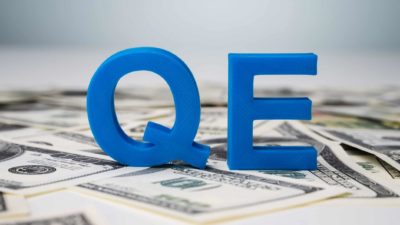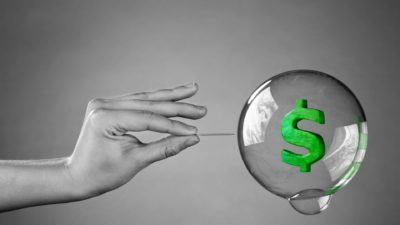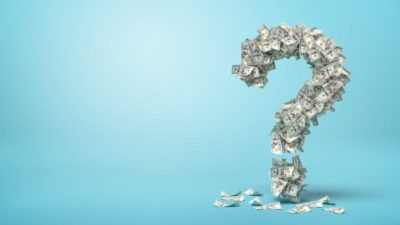The S&P/ASX 200 Index (ASX: XJO) is having a pretty average day today – falling 2.04% to under 6,000 points. Despite this setback for the markets today, the ASX 200 is still up more than 30% since bottoming out at 4,546 points on 23 March this year.
But if you think that's a pretty good number, here's a real kicker. Over in the United States, the flagship Dow Jones Industrial Average is up more than 41% over the same period.
It gets better still.
The tech-heavy NASDAQ index (one of the 2 major US stock exchanges) is actually in positive territory for the year. Not just positive either, up 16.5% since 1 January and sitting very close to the all-time high that was reached 2 weeks ago. And that's despite a global pandemic and the worst recession in living memory.
What does this tell us? Well, I think it's a giant red flag.
Danger signs grow for US markets
What isn't helping are significant and growing signs of speculative bubbles in the US share market. Yes, we've seen shares like Tesla rise by more than 245% this year. Amazon.com (a ~US$1.52 trillion company) is up more than 60% since 1 January. A bevy of profitless and unproven electric vehicle (EV) manufacturers, such as Nikola Motors, Hyliion and Workhorse have seen triple-digit share price pops in the last few months.
According to reporting in today's Australian Financial Review (AFR), 34,000 Robinhood users (a popular, fee-free US broker) have added Chinese EV startup Kandi Technologies to their share portfolios over the past 24 hours. This accompanies Kandi stock surging more than 350% in just the past 2 days.
And here's the real shocker. Remember Kodak, the old camera company? Well, the company is still around and until this week was limping along as a shadow of its former self.
That was until the US government announced Kodak qualified for a multi-million dollar loan to assist with bringing the production of essential drug ingredients back to the US. Kodak stock responded by shooting up more than 2,000% between 24 July and 29 July. Someone with $1,000 worth of Kodak stock on 24 July would be sitting on more than $20,000 by 29 July.
Mind-boggling stuff, in my view.
What does this mean for ASX share investors?
I'm going to lay it out straight – I think what's happening in the US markets is highly concerning. Looking back through history will tell us that what follows these sorts of speculative bubbles isn't good.
And if you think 'it's ok because it's only in the US, not Australia', think again. The US markets are highly correlated to the performance of our own ASX. It's no coincidence in my view that the pre-crash market peak in February, as well as the market bottom in March, occurred on virtually the same days in both Australia and the US. As the old saying goes, 'if the US sneezes, the rest of the world catches a cold'.
So make no mistake, if one or more of these US market bubbles violently pops, I think it's highly likely we will feel it on the ASX.
The solution? In my view, the best way you can deal with this potential situation is buffing up your cash position and having faith in the company's you already own (if you don't, it might be time to sell).

